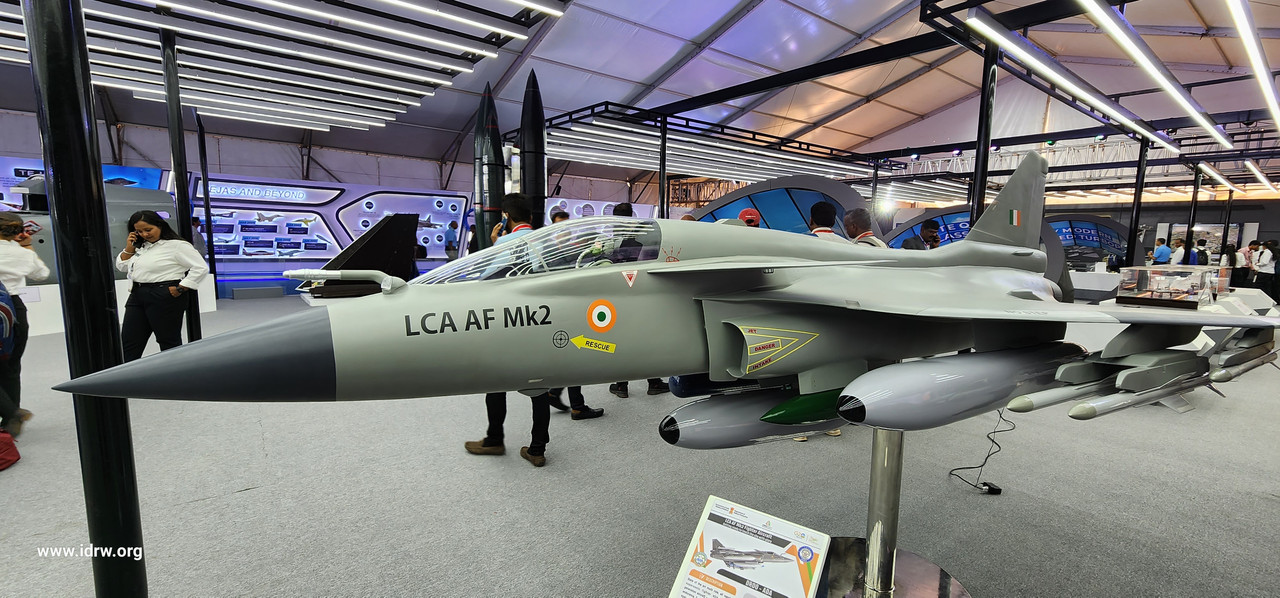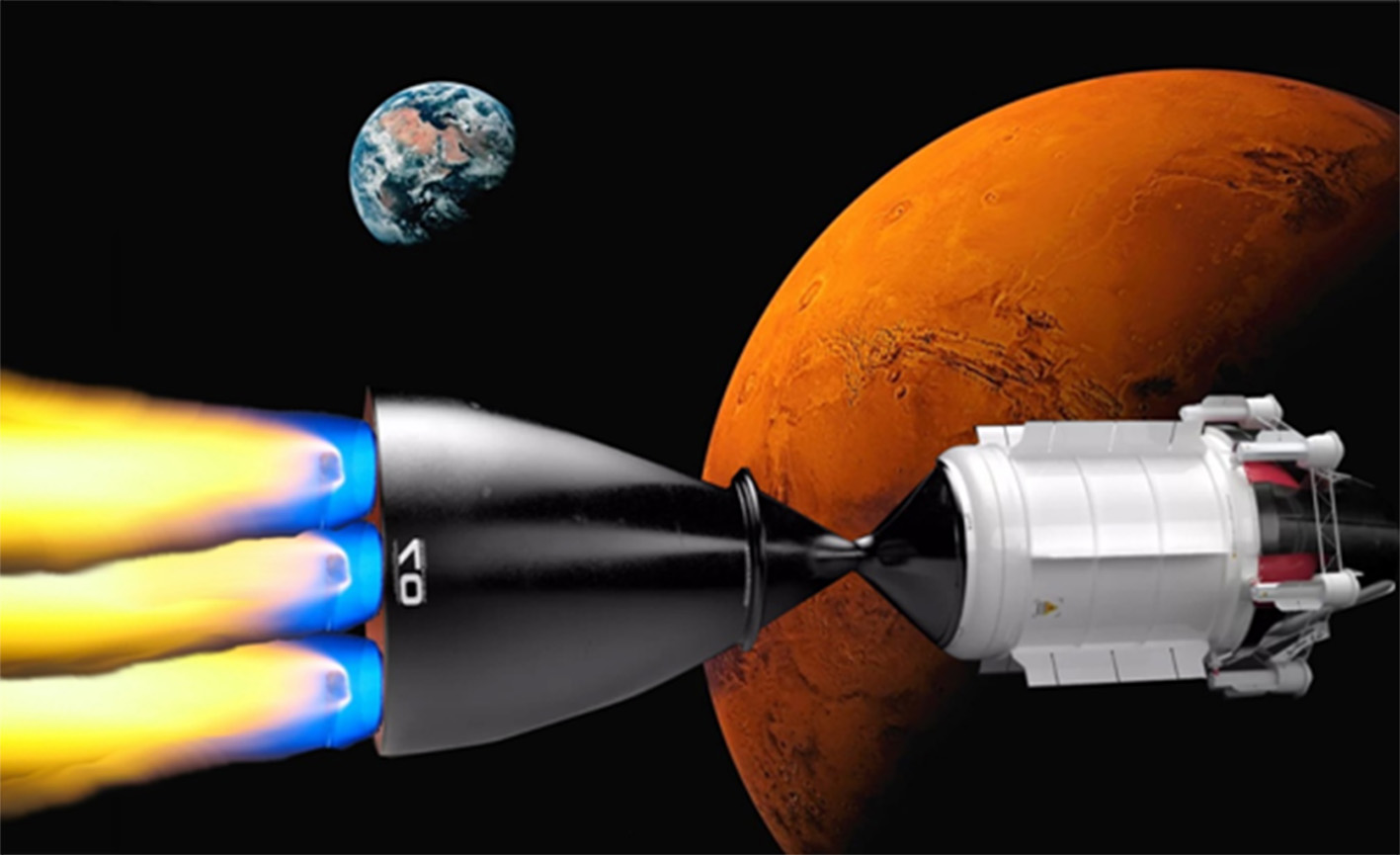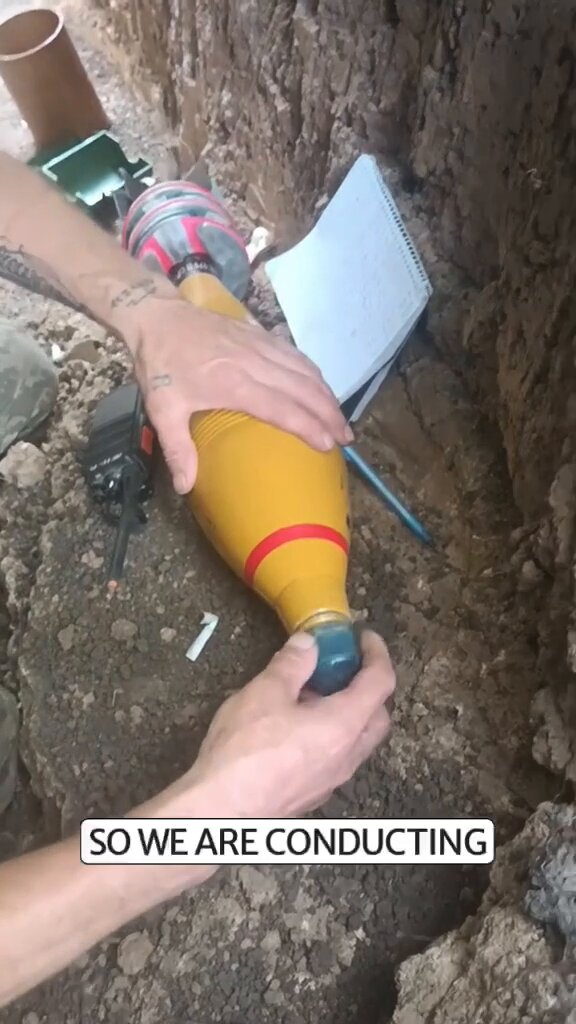SOURCE: AFI

The Indian Air Force’s Software Development Institute (SDI) is playing a pivotal role in the development of the Tejas Mk2 fighter jet, particularly in the area of weapons integration. Collaborating closely with the Aeronautical Development Agency (ADA), the SDI is working to integrate advanced weapons and sensors into the Tejas Mk2, enhancing the aircraft’s combat capabilities.
By involving the IAF more directly in the integration process, the SDI aims to streamline timelines and make the IAF more self-reliant. The transfer of technical know-how from the ADA and SDI to the IAF will enable the air force to conduct integration and flight testing independently, reducing its reliance on external support.
Continue readingSOURCE: AFI

A significant milestone in India’s defense capabilities was achieved on June 25, 2024, when the MBT Arjun Mk 1 Tank at KK Ranges, ACC&S Ahmednagar, successfully fired an indigenously developed laser-guided Anti-Tank Guided Missile (ATGM). The ATGM successfully defeated its target at minimum range, demonstrating its effectiveness and precision.
The tank crew conducted the firing test from the final user configuration of the MBT Arjun Mk 1, which has now been officially equipped with Missile Firing Capability (MFC). This achievement marks the successful completion of all project objectives for the ATGM, paving the way for its fielding for user evaluation.
Continue readingSOURCE: AFI

The evolution of submarine forces in the People’s Liberation Army Navy (PLAN) and the Indian Navy presents a stark contrast, reflecting the divergent approaches taken by China and India since their respective submarine forces’ inception. While both nations embarked on submarine development with Soviet assistance, China’s rapid industrialization and domestic production capabilities have led to a formidable underwater fleet. In contrast, India’s cautious approach and reliance on foreign designs have resulted in a slower pace of submarine force development.
China’s journey into submarine development began during the height of Sino-Soviet cooperation. In 1954, just three years after receiving its first submarine from the USSR, the PLAN commissioned its first domestically produced W-class submarine (Type 6603) in 1957. This marked a significant milestone for China, demonstrating its capability to license-produce submarines domestically. By 1962, China had built a total of 21 Type 6603 submarines, showcasing its rapidly growing industrial capacity.
Continue readingSOURCE: AFI

The Indian Space Research Organisation (ISRO) is at the forefront of a groundbreaking initiative to develop nuclear-powered rockets for satellite launches. This ambitious project aims to revolutionize space exploration by providing a more efficient and sustainable propulsion system.
Last year, a significant milestone was achieved when the first stage of an atomic-powered engine, a radioisotope heating unit (RTG), was successfully tested on India’s lunar mission, Chandrayaan-3. The RTG is currently powering the propulsion module, which remains in orbit around the Moon.
Continue readingSOURCE: AFI

Dhruva Space is thrilled to announce the launch of its third mission in the Launching Expeditions for Aspiring Payloads (LEAP) series. This series of hosted payload missions is built on Dhruva Space’s proven P-30 Satellite Bus, which was successfully space-qualified earlier this year during the LEAP-TD mission.
The LEAP initiative offers a shared platform for multiple payloads, making it an ideal solution for organizations, from startups to research institutions, seeking to achieve their mission objectives quickly and cost-effectively.
Continue readingSOURCE: RAUNAK KUNDE / NEWS BEAT / IDRW.ORG

In a recent interview, Dr Samir V Kamat, Chairman of the Defence Research and Development Organisation (DRDO), announced significant advancements in the development of the DRDO-L&T Zorawar Light Tank. He confirmed that the tank will feature a locally developed 105mm cannon, replacing the Cockerill 105mm High Pressure (HP) cannon that was showcased in the prototype. This move underscores India’s push for indigenization in its defence projects.
Dr. Kamat emphasized that by the time the Zorawar Light Tank reaches the production stage, even more imported systems will be replaced with locally developed alternatives. One such development is the Cummins 750hp engine that powers the tank. The engine will see local production in India, courtesy of the Indian subsidiary of Cummins, further reducing dependence on foreign suppliers.
Continue readingSOURCE: RAUNAK KUNDE / NEWS BEAT / IDRW.ORG

A significant milestone has been achieved in India’s Indigenous defence manufacturing as the DRDO-L&T-developed Composite Combat Infantry Vehicle (CCIV) has completed its internal trials. This cutting-edge armoured vehicle is now poised to compete for the Indian Army’s highly anticipated Futuristic Infantry Combat Vehicle (FICV) contract.
The CCIV stands out for its impressive weight-to-power ratio. Despite being equipped with a formidable arsenal including a 30mm automatic cannon, a coaxial machine gun, and a remotely operated weapon station with a 12.7mm machine gun, the vehicle maintains a remarkably low weight of under 18 tons. This is primarily attributed to the extensive use of high-performance composite materials in its construction.
Continue readingSOURCE: RAUNAK KUNDE / NEWS BEAT / IDRW.ORG

G. Ramamohana Rao, Director of the Vehicles Research and Development Establishment (VRDE), recently announced significant advancements in the development of the WhAP 8×8 Amphibious Wheeled Armoured Vehicle. Rao highlighted that VRDE is aiming to increase the indigenous content of the WhAP to over 80% in its next iteration, with plans to further raise this to 85-90% within the next 18 months, just before the vehicle enters full-scale production.
The DRDO has already unveiled the second-generation Wheeled Armoured Platform (WhAP), which features a host of improvements over its predecessor. According to Rao, the Indian Army, which has taken delivery of 18 first-generation WhAP 8×8 vehicles, has expressed complete satisfaction with their performance.
Continue readingSOURCE: AFI

The Indian Navy welcomed a significant addition to its fleet on August 29th with the induction of the INS Arighat. This 6,000-ton submarine, constructed at the Indian Navy’s Ship Building Centre (SBC) in Visakhapatnam, represents a major milestone in India’s indigenous submarine development program.
The Arighat boasts significant technological advancements over its predecessor, the INS Arihant. These advancements, achieved through domestic research and development, highlight India’s growing expertise in submarine design and construction.
Continue readingSOURCE: AFI

Former Air Chief Marshal Rakesh Kumar Singh Bhadauria has categorically ruled out the possibility of creating a private army in India, emphasizing that the nation already possesses a professional and capable military force. Speaking in an interview with Bharat Tak, Bhadauria responded to questions about whether India might consider employing private military groups like Russia’s Wagner Group, which has been used in recent conflicts, such as the ongoing war in Ukraine.
Bhadauria firmly stated, “India does not need a private army. We have a highly professional and well-trained military that is fully capable of safeguarding our national security interests. The Indian Armed Forces have consistently proven their capability, dedication, and professionalism, and there is no need to consider a private army for our defense needs.”
Continue readingSOURCE: AFI
The Defence Research and Development Organisation (DRDO) has successfully fabricated an 8×2 truck-mounted system for the Vertical Launch Short Range Surface-to-Air Missile (VL-SRSAM). Initially designed for the Indian Navy, the VL-SRSAM system is now being adapted for use by the Indian Air Force (IAF).
The VL-SRSAM is a low-level, quick-reaction surface-to-air missile system capable of neutralizing a wide range of aerial threats, including aircraft, helicopters, unmanned aerial vehicles (UAVs), drones, and precision-guided munitions. Its ability to engage targets at low altitudes makes it an invaluable asset for air defense.
Continue readingSOURCE: AFI

Centum Electronics Limited, a leading player in electronic system design and manufacturing, has announced that it has received a significant order from the Defence Research and Development Organisation (DRDO) valued at Rs 109.58 crore.
The order pertains to the supply of intersatellite link and other payload subsystems, which are critical components for satellite communication and data transmission. The project is scheduled to be executed within a period of 16 months, highlighting Centum Electronics’ capabilities in delivering complex electronic systems within tight deadlines.
Continue readingSOURCE: IDRW.ORG TEAM

In a significant development, the Czech Republic has committed to procuring more ammunition from India to support Ukraine in its ongoing conflict with Russia. The announcement follows the successful delivery of Indian-made 125mm HE shells and 20mm mortars to Ukraine from Czech Republic in June.
Earlier this year, India exported a 50,000 of 125mm HE shells and 80,000 120mm mortars to the Czech Republic as part of a defense deal. The Czech Republic has now expressed its intention to increase these orders, leveraging funds from the frozen Russian assets held by the European Union.
Continue readingSOURCE: IDRW.ORG TEAM

The Indian Navy is poised to finalize a significant deal with the US-based company HawkEye 360, a leader in geospatial analytics, as part of the broader QUAD Indo-Pacific Partnership for Maritime Domain Awareness (IPMDA). This collaboration marks a crucial step in bolstering the Indian Navy’s capabilities to monitor and secure the vast and strategically important Indo-Pacific region.
HawkEye 360 is a commercial operator of remote-sensing satellites, known for its cutting-edge technology in detecting, characterizing, and geolocating radio frequency (RF) signals. These signals are emitted by various electronic devices used in communication, navigation, and security systems, making HawkEye 360’s capabilities vital for monitoring maritime activities.
Continue readingSOURCE: AFI

The Defence Research and Development Organisation (DRDO) has ramped up production of the Naval Anti-Ship Missile-Short Range (NASM-SR), fabricating 20 Thrust Vector Control Systems (TVCS) for the missile. This significant development indicates that the NASM-SR has entered Limited Serial Production (LSP), paving the way for user trials of the weapon system.
The NASM-SR, an indigenously developed anti-ship missile, has already undergone successful trials. In May 2022, the missile was successfully test-fired from a Seaking helicopter of the Indian Navy at the integrated test range (ITR) at Chandipur off the Odisha coast. A second successful trial was conducted in 2023, further validating the missile’s capabilities.
Continue reading